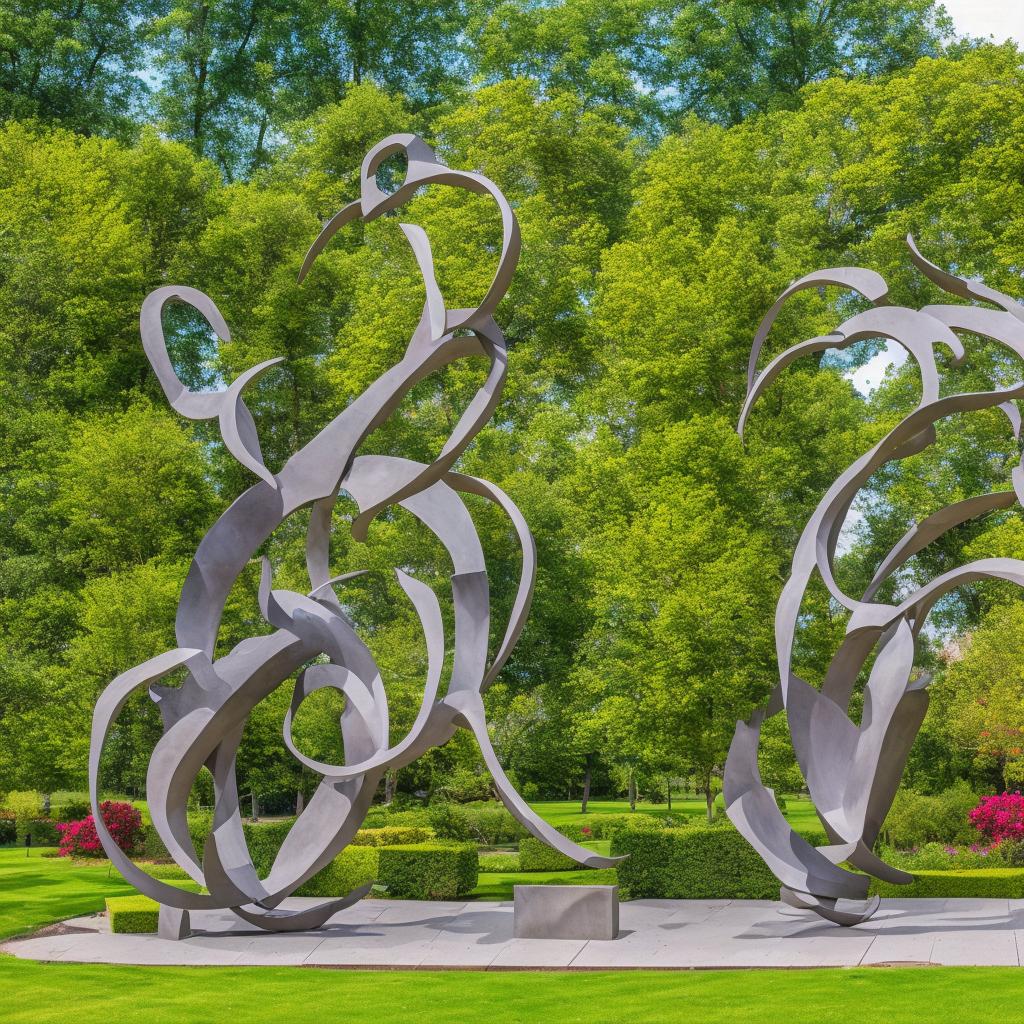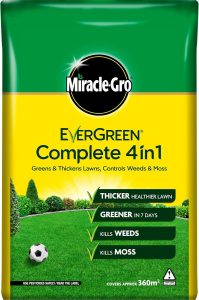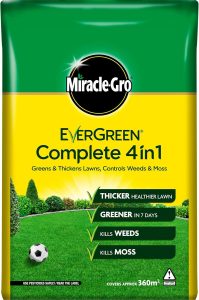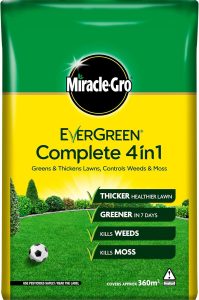Gardens are often considered as blank canvases, waiting to be transformed into beautiful works of art. One of the most captivating ways to elevate the aesthetic appeal of a garden is through the use of sculptures. These art pieces not only add visual interest, but also create a sense of harmony and intrigue within the outdoor space. In this article, we will explore the art of garden sculptures, and how they can enhance the beauty of any green space.
Key Elements of Garden Sculpture Design
When it comes to designing garden sculptures, there are several key elements to consider that can elevate your outdoor space and add visual interest. One important factor to keep in mind is the scale of the sculpture in relation to the surrounding landscape. A large, imposing sculpture may overwhelm a small garden, while a delicate piece may get lost in a larger space. Finding the right balance is crucial for creating a harmonious and visually pleasing environment.
Another key element to consider is the material of the sculpture. Whether you choose metal, stone, wood, or another material, each one can bring a different texture and aesthetic to your garden. Consider how the material will weather over time and how it will interact with the natural elements in your garden. Additionally, think about the theme or style you want to convey with your sculpture – whether it’s abstract and modern or whimsical and playful, the design should reflect your personal taste and complement the overall atmosphere of your garden.
Choosing the Right Sculpture for Your Space
When it comes to , there are a few key factors to consider. First and foremost, think about the overall style and theme of your space. Are you going for a modern, minimalist look or a more traditional, ornate feel? Once you have a clear vision in mind, you can start looking for sculptures that complement that style. Additionally, consider the size and scale of the sculpture in relation to the space. You don’t want a sculpture that overpowers the area, but you also don’t want one that gets lost in the background.
Another important factor to keep in mind is the material of the sculpture. Some common materials for garden sculptures include bronze, stone, and resin. Each material has its own unique qualities and will age differently over time, so choose one that fits your aesthetic preferences and maintenance capabilities. Lastly, think about the placement of the sculpture within your space. Consider factors like natural light, surrounding vegetation, and focal points to ensure that the sculpture will be showcased in the best possible way.
Incorporating Sculpture into Your Garden Design
When it comes to designing your garden, incorporating sculpture can add a unique and artistic touch that will enhance the overall aesthetic. Sculptures come in all shapes, sizes, and materials, allowing you to choose pieces that reflect your personal style and complement the existing elements of your garden. Whether you prefer modern abstract sculptures or traditional stone statues, there are endless possibilities for adding visual interest to your outdoor space.
One way to incorporate sculpture into your garden design is by strategically placing pieces throughout the landscape to create focal points and draw the eye towards specific areas. Consider placing a large sculpture at the end of a pathway to create a sense of destination, or nestle a small sculpture among the flowers to add a whimsical element to your garden. Grouping sculptures together in a dedicated sculpture garden area can also create a cohesive and curated look that showcases your collection. Don’t be afraid to mix and match different styles and materials for a truly unique and personalized garden design.
Tips for Maintaining Garden Sculptures
Maintaining garden sculptures is essential for preserving their beauty and prolonging their lifespan. To keep your sculptures looking their best, consider the following tips:
- Regular Cleaning: Remove dust and dirt from your sculptures by gently scrubbing them with a soft brush or cloth. Avoid using harsh chemicals or abrasive materials that could damage the sculpture’s surface.
- Protective Coating: Apply a protective sealant to your sculptures to shield them from the elements and prevent corrosion. Choose a sealant that is suitable for the material of your sculpture, whether it be metal, stone, or resin.
In addition to these maintenance tips, consider incorporating your garden sculptures into the overall design of your outdoor space. Arrange them strategically amongst your plants and flowers to create a visually stunning and cohesive garden design. Embrace the art of garden sculpture and elevate the aesthetic appeal of your outdoor sanctuary.
| Sculpture Material | Maintenance Frequency |
|---|---|
| Stone | Twice a year |
| Metal | Once a month |
| Resin | As needed |
Final Thoughts
As you embark on your journey to enhance your garden with the timeless beauty of sculpture, remember that art has the power to transform any space into a captivating oasis. Whether you choose classical or contemporary pieces, allow your creativity to guide you in selecting sculptures that speak to your personal style and vision. With each thoughtful addition, you’ll discover a new depth to the art of garden design and create a space that is truly your own. Embrace the endless possibilities that garden sculpture offers and let your imagination run wild. Let your garden come to life with the power of art and watch as it becomes a place of beauty, tranquility, and inspiration for all who visit.




